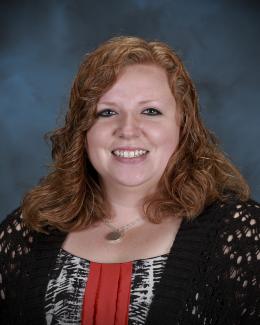OAK RIDGE, Tenn., Aug. 8, 2019—IDEMIA Identity & Security USA has licensed an advanced optical array developed at the Department of Energy’s Oak Ridge National Laboratory. The portable technology can be used to help identify individuals in challenging outdoor conditions.
The system is designed to capture useable images of subjects inside moving vehicles, using an array of camera lenses that are sensitive to light intensity and direction. Resulting photos are enhanced with machine learning, resulting in high-quality composite images. The invention overcomes effects such as low contrast, distance and glare typical when photographing subjects through windshields. This technology, as applied by IDEMIA, has the potential to expedite vehicles at critical checkpoints.
“The technique takes advantage of light field imaging techniques and a computational neural network to address challenges in identity verification, including motion blur, poor lighting conditions, head pose and surface reflection,” said project lead and co-inventor Hector Santos-Villalobos. Other ORNL inventors include Justin Baba, Philip Bingham, David Bolme, Matthew Eicholtz, Regina Ferrell and Christi Johnson. David Cornett III and Seth Baird of ORNL also contributed to the project.
The technology could be used for long-range identity verification, as well as in vehicle recognition, vehicle navigation systems and traffic monitoring systems.
“We are pleased to be working with Oak Ridge National Laboratory with the intent to develop high-performance imaging technology that will drive innovation for frictionless vehicle checkpoint crossing,” said Donnie Scott, senior vice president, Public Security for North America at IDEMIA. “Creating a more frictionless process of monitoring vehicles as they pass through checkpoints while ensuring safety is a commitment that IDEMIA asserts is a priority.”
“I am confident that exploring this solution will result in important progress for our nation’s border security,” he added.

IDEMIA, a global leader in Augmented Identity, provides secured platforms and environments that enable people to confidently perform their daily activities that require identification—such as pay, connect, travel and vote—in the physical as well as digital space. With close to $3 billion in revenues and 14,000 employees around the world, IDEMIA serves clients in 180 countries.
UT-Battelle manages ORNL for DOE’s Office of Science. The U.S. Department of Energy’s Office of Science is the single largest supporter of basic research in the physical sciences in the United States and is working to address some of the most pressing challenges of our time. For more information, visit https://energy.gov/science. For ORNL licensing information, contact www.ornl.gov/partnerships.—Stephanie Seay







